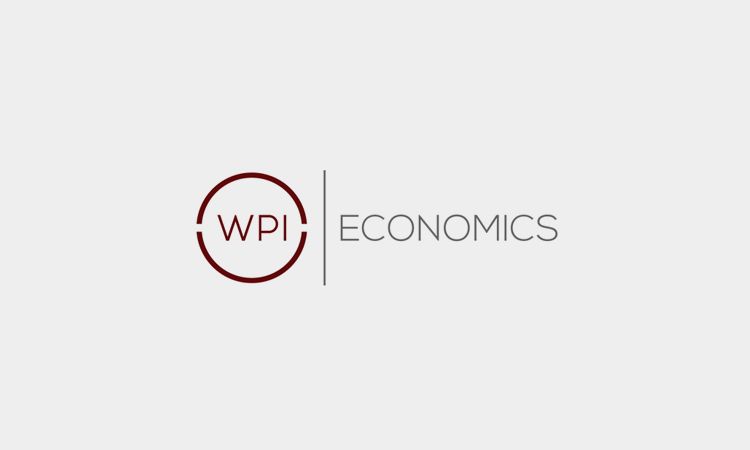
Property Flood Resilience and the Insurance Sector
Summary
Matthew Oakley – Director – matthew@wpieconomics.com
23/01/2019
This project led by WPI Economics looked to deepen understanding around the messages and channels that can be used to improve households’ understanding of flood risk and the resilience measures that are available to them.
By doing so, the project sought to address a key challenge in flood risk management; that it is difficult (and often ineffective) to effectively communicate flood risk to the occupiers of both commercial and residential properties. A range of existing literature had already outlined a number of reasons why people may not take out insurance or be willing to introduce resistance and resilience measures on their properties. These include:
- They do not think their property will flood;
- They believe it will reduce the value of their property;
- They believe insurance will be too costly or they cannot find a company willing to insure them at a reasonable rate; and
- They think that they cannot afford to install resilience / resistance measures and / or that the benefits of them are too low.
Previous attempts to tackle these issues have sometimes proven ineffective and there is a lack of understanding on who is best placed to promote messages that would encourage greater take up of flood risk insurance and what the message should be.
The project used a range of evidence from behavioural science to better understand these challenges and how they could be addressed to improve both the take up of flood insurance and the installation of resilience measures. Key to the project was learning from other fields where complex risk-based information is communicated with consumers (e.g. in other financial services settings). Theoretical and practical evidence from these settings was combined with research in flood risk management to create a set of hypotheses for how better communication could improve take up of insurance and resilience measures.
The project then outlined a framework for how these hypotheses could be tested through further research with consumers and a programme of evaluated pilots.




